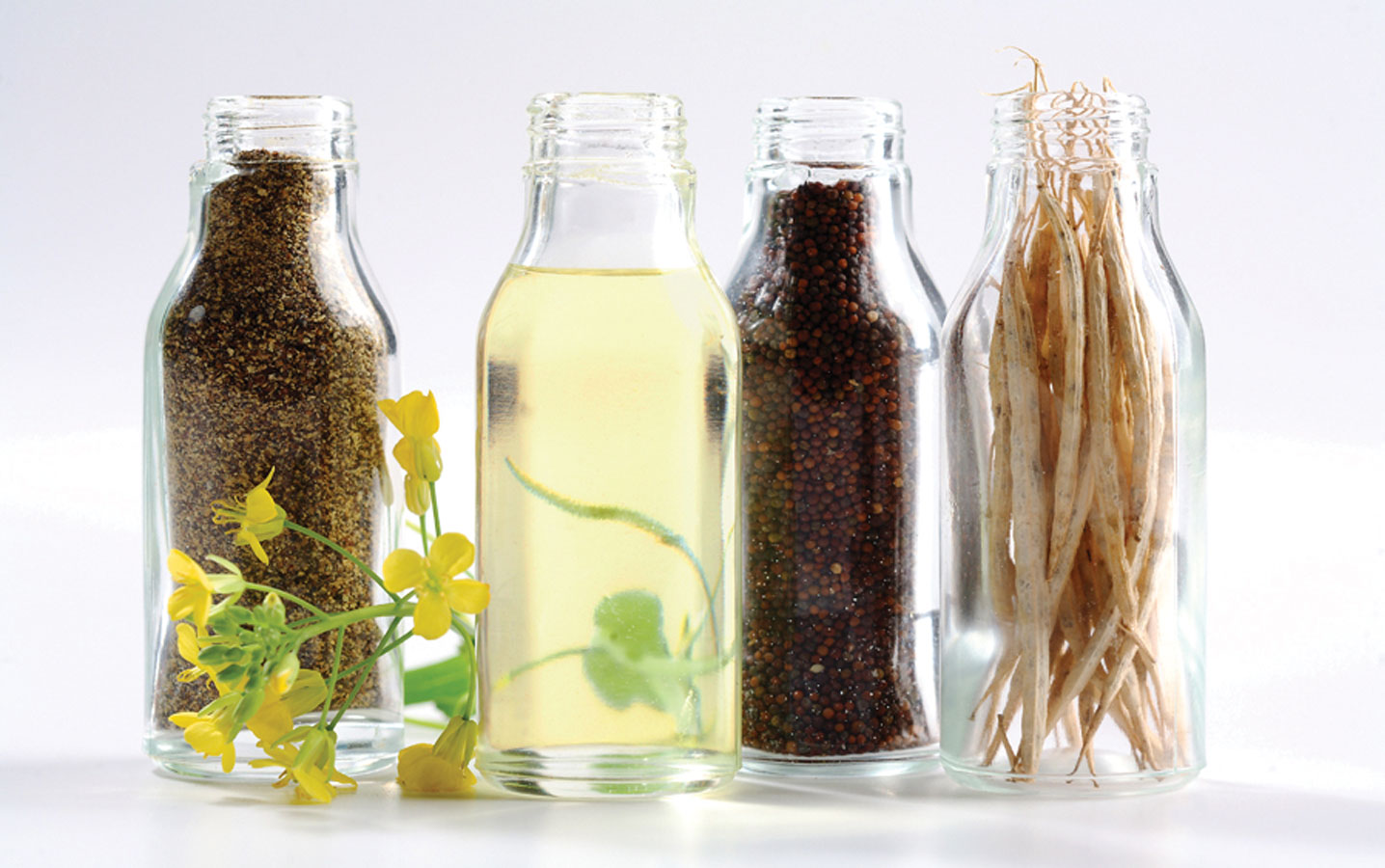Blackleg metabolites do not add risk to canola products for export
Key Practice: L. maculans, the fungal pathogen that causes blackleg in canola, can produce a mycotoxin called sirodesmin PL, but this study found none of it in Alberta canola samples.
Project Title, Lead Researcher: “Evaluation of the toxicity of the secondary metabolites produced by Leptosphaeria maculans,” 2012-14, Xiujie (Susie) Li, Alberta Innovates — Technology Futures
Grower Organization Funder: ACPC
Some strains of Leptosphaeria maculans, the fungal pathogen that causes blackleg in canola, produce the secondary metabolite sirodesmin PL. This metabolite is structurally related to some strains of Leptosphaeria maculans, the fungal pathogen that causes blackleg in canola, produce the secondary metabolite sirodesmin PL. This metabolite is structurally related to gliotoxin, a mycotoxin (fungal toxin) that is a concern to the health of humans and farm animals. However, this study found no presence of sirodesmin PL in the end products of canola grown in Western Canada.
This two-year study under the Agriculture Funding Consortium, led by Xiujie (Susie) Li of Alberta Innovates, is the first to report on the toxicity of sirodesmin PL to animals and humans, and any levels to be found in canola. Although sirodesmin PL was found to have a toxicity comparable to that of gliotoxin, no sirodesmin PL was found in any of the canola seed, oil, and meal products in this study. This includes seed from tested fields, even where L. maculans contamination levels were very high.
The study also concluded that toxin production was not linked to disease virulence and is unlikely to increase over time, regardless of future blackleg resistance in canola. The low levels of both toxins produced and blackleg contamination in commercial canola seed would be contributing factors to these findings.
A total of 17 L. maculans isolates were collected from locations with differing virulence to investigate the relationship between virulence and toxicity. Canola seeds were collected from blackleg-infected fields on six farms in Alberta to evaluate sirodesmin PL contamination. Bin samples were also collected from four of these fields for reevaluation five months after harvest. Westar seeds were included as a blackleg-susceptible variety and clean canola seeds were used as a non-infected control.
Six oil samples were purchased from grocery stores or farmers’ markets, and ADM (Lloydminster) provided one commercial sample each of canola meal and a ‘super de-gummed oil’. All products tested showed zero content of sirodesmin PL throughout all aspects of testing — field survey, bin survey, lab seed samples and end-use oil and meal products.
Conclusion
These findings led to the conclusion that canola oil and meal products are currently free of sirodesmin PL and are safe for human consumption and to use as livestock feed.
- Sirodesmin PL is not produced by all the L. maculans strains. If a field is infected with L. maculans, it does not necessarily mean sirodesmin PL is present.
- Despite the presence of blackleg disease, zero sirodesmin PL was found in even the most infected field.
| Variety | Location | Blackleg infection rate (%) | Sirodesmin PL (ppb) in field survey | irodesmin PL (ppb) bin survey |
|---|---|---|---|---|
| 1030 | Vegreville | 0.56 | 0 | 0 |
| 1033 | Innisfree | 1.0 | 0 | 0 |
| 1029 | Minburn | 0.69 | 0 | 0 |
| 1025 | Vegreville | 0.06 | 0 | 0 |
| Westar | Vegreville | 4.5 | 0 | NA |
| 1038 | Wetaskiwin | 2.0 | 0 | NA |
| 1044 | Wetaskiwin | 2.0 | 0 | NA |
| DH12075 | Greenhouse grown | 0 | 0 | NA |





